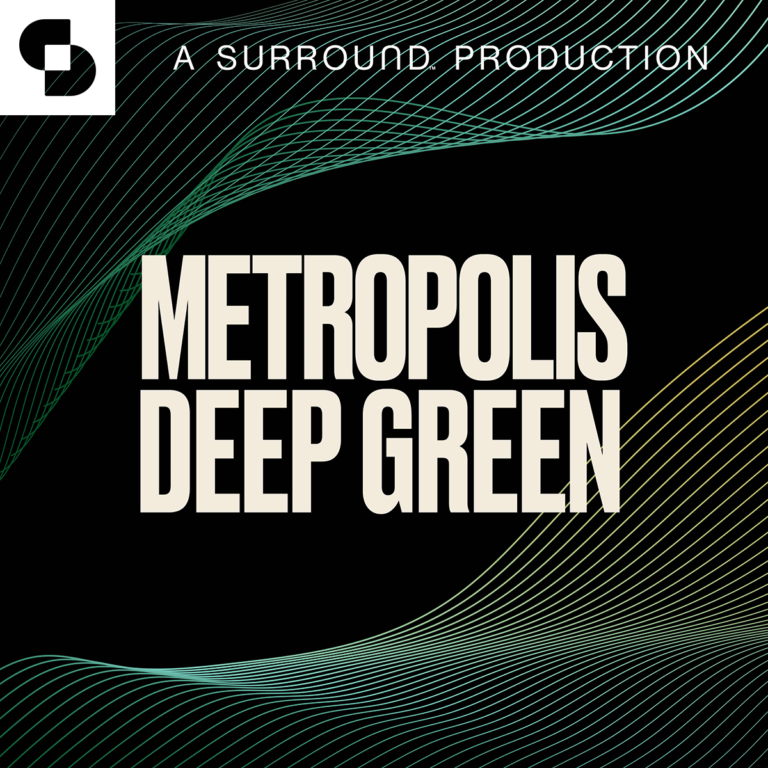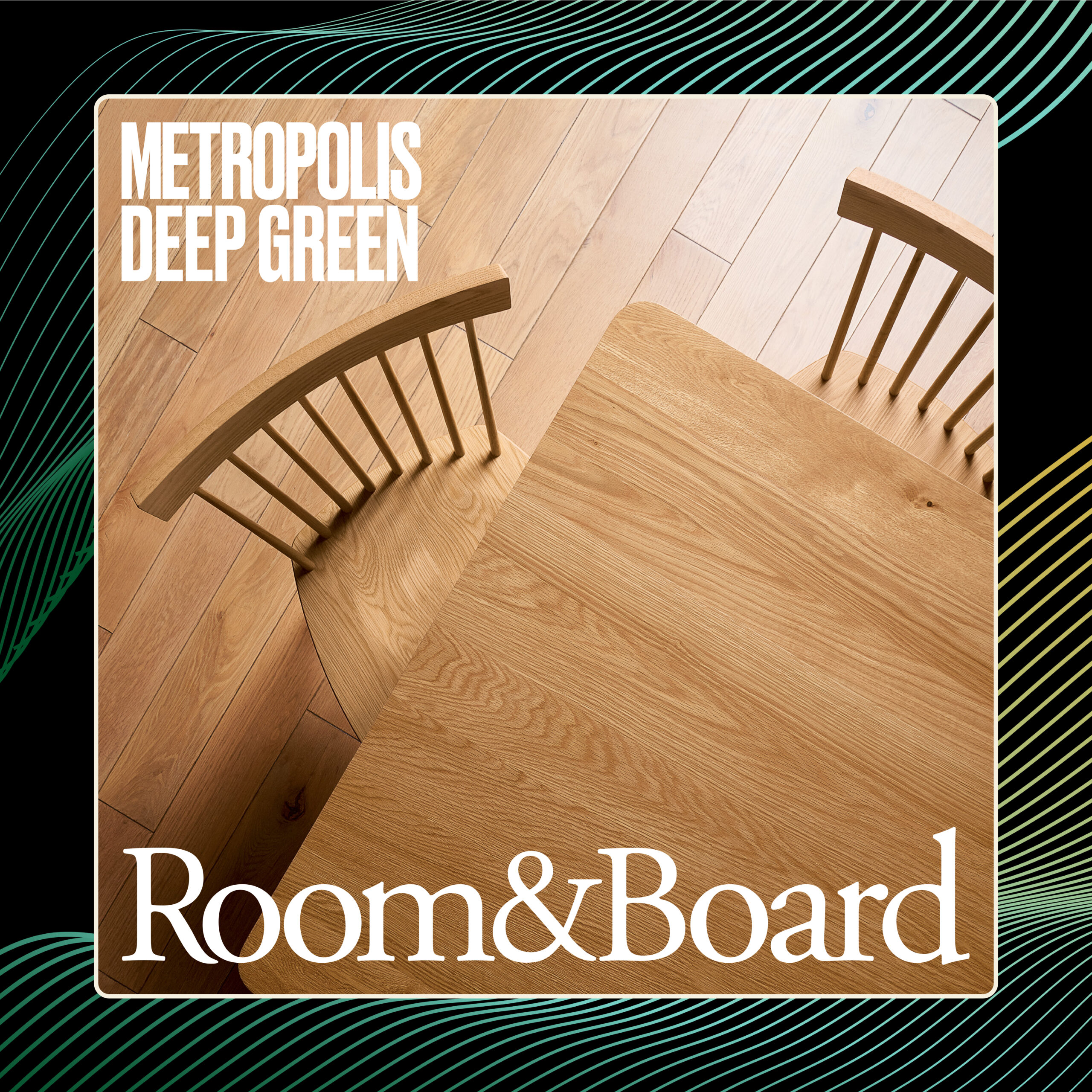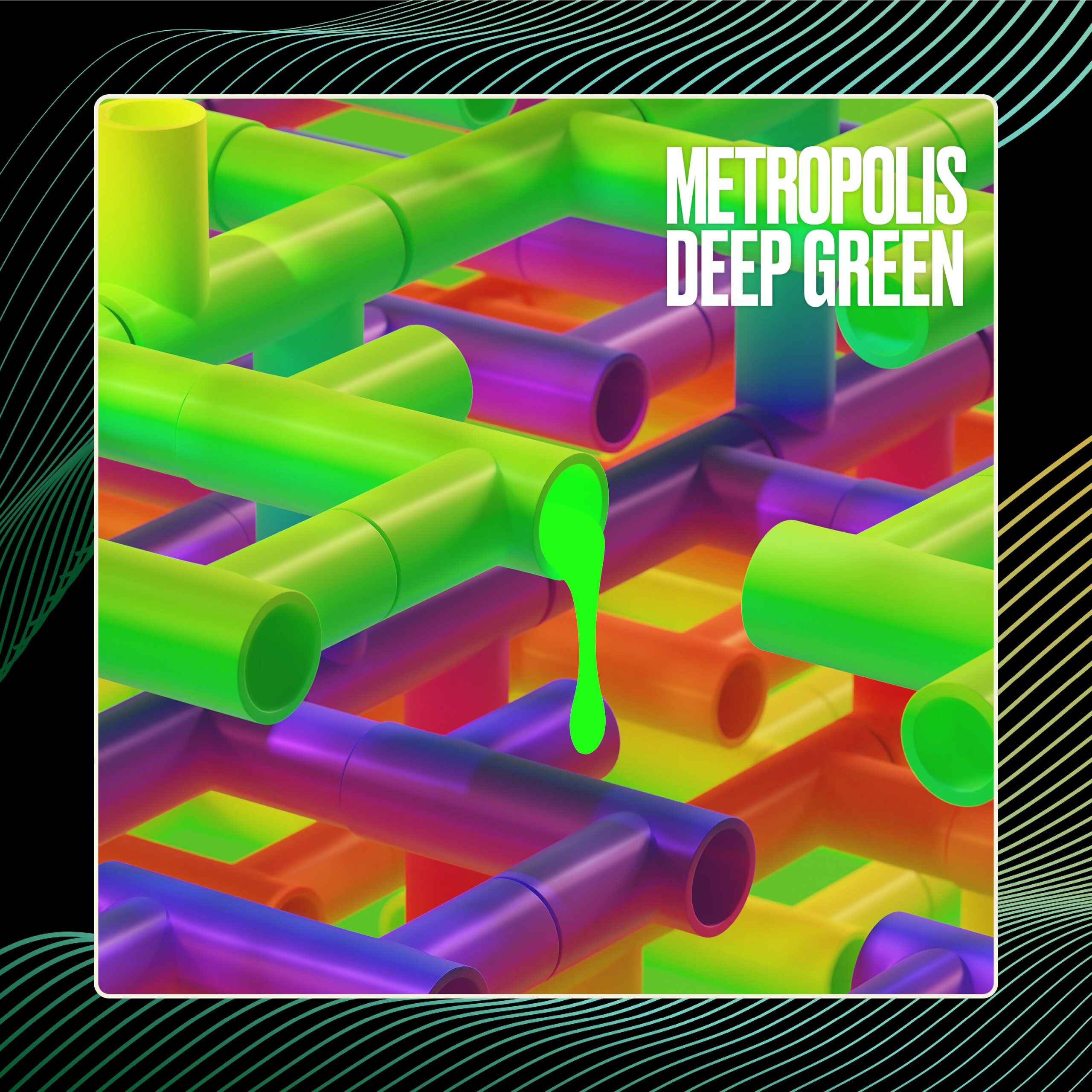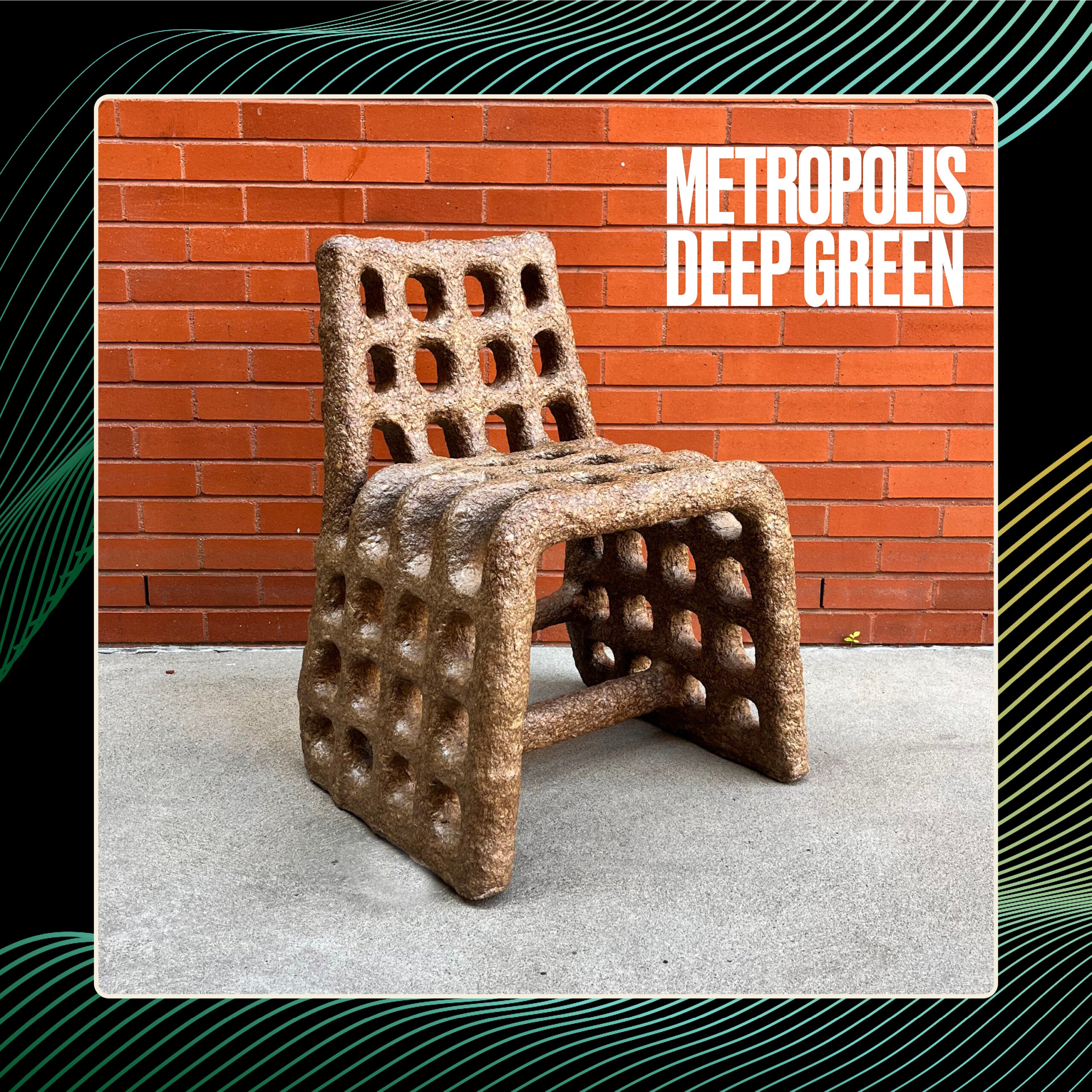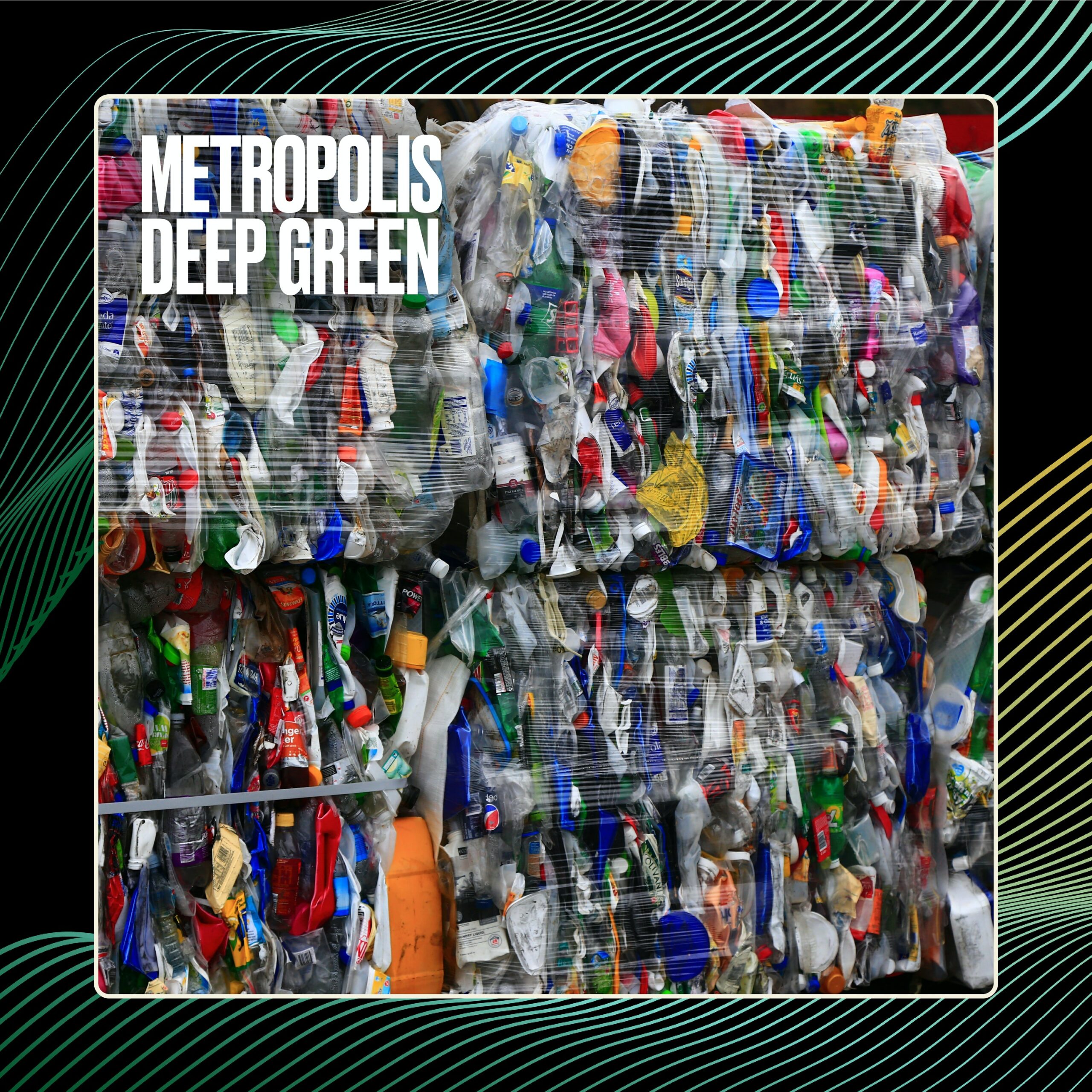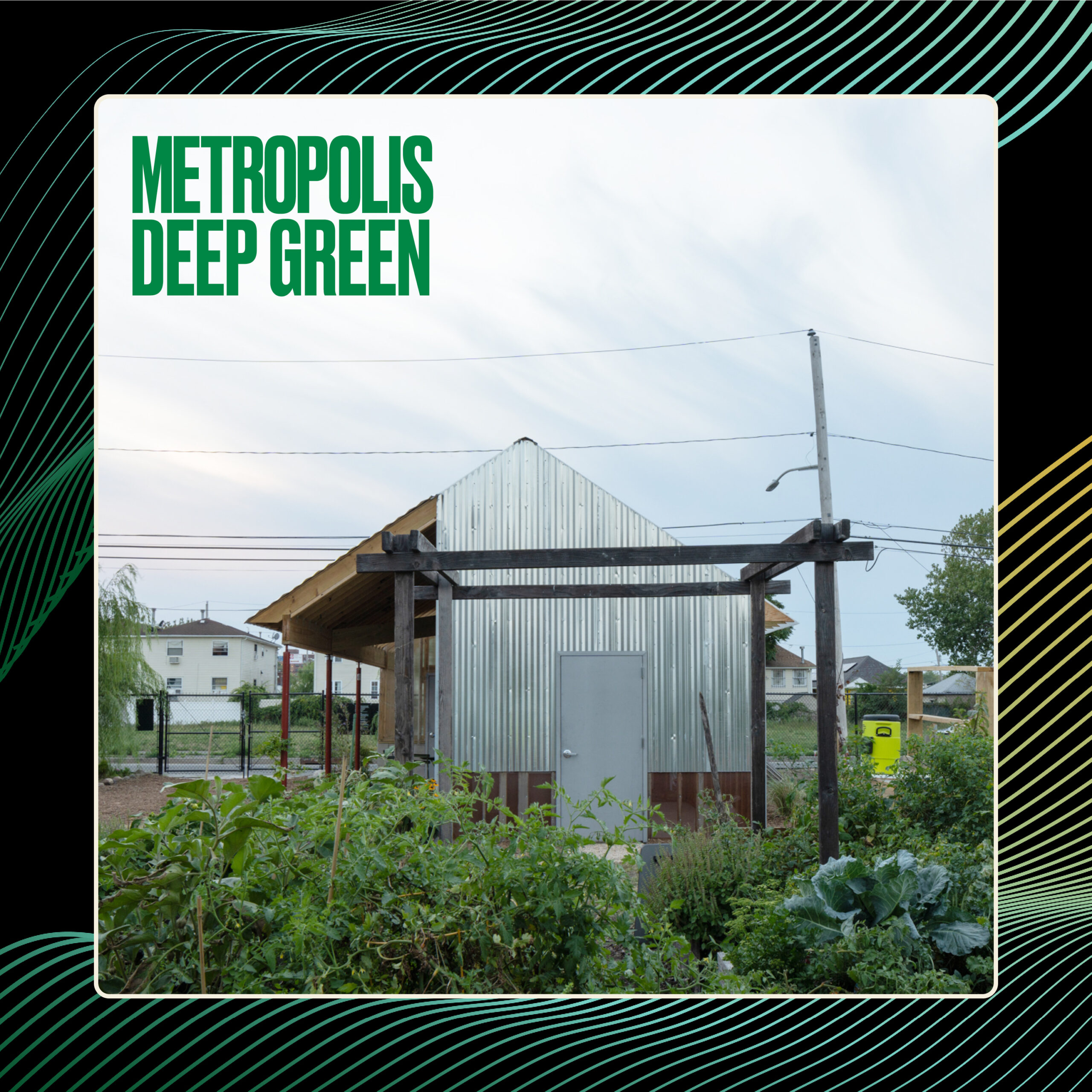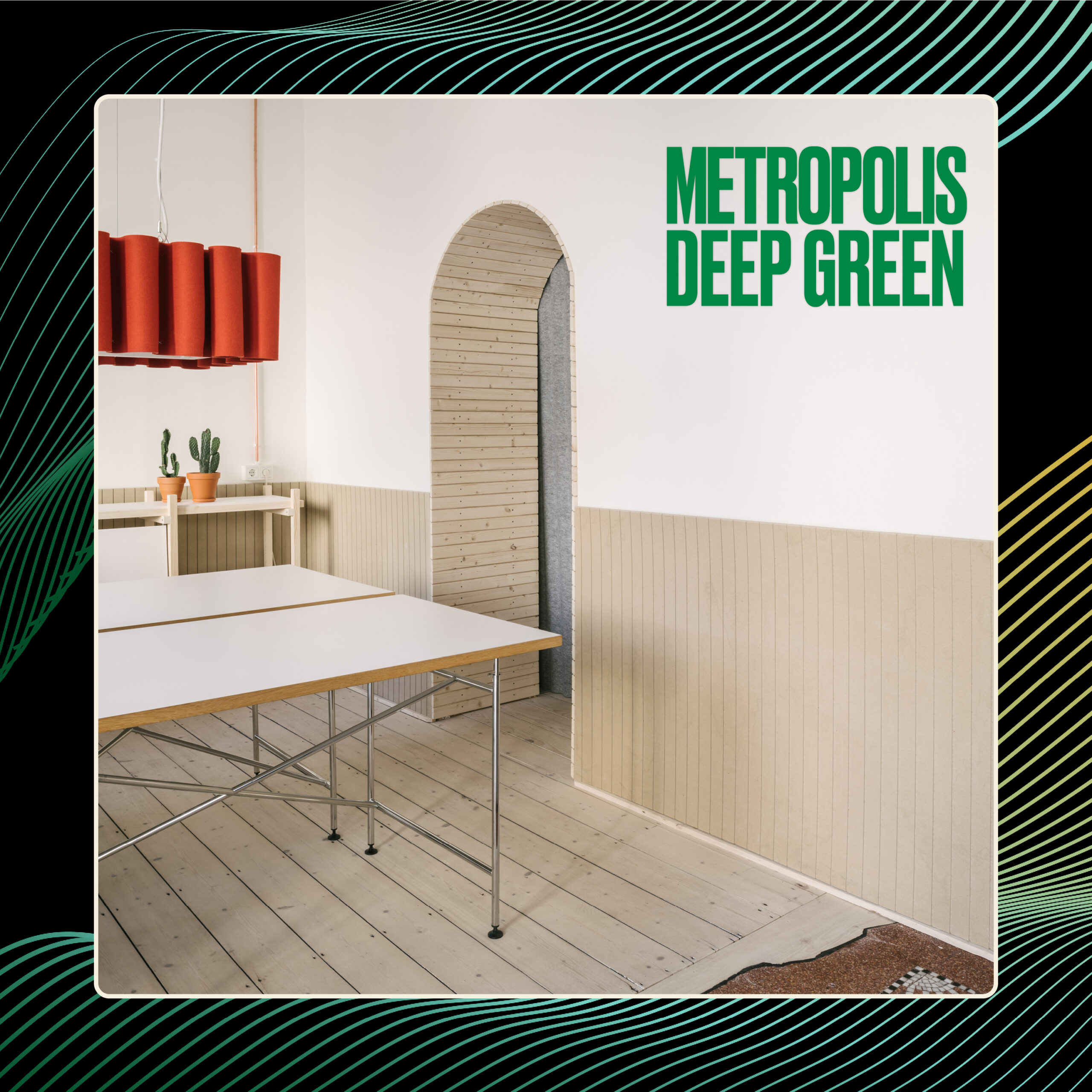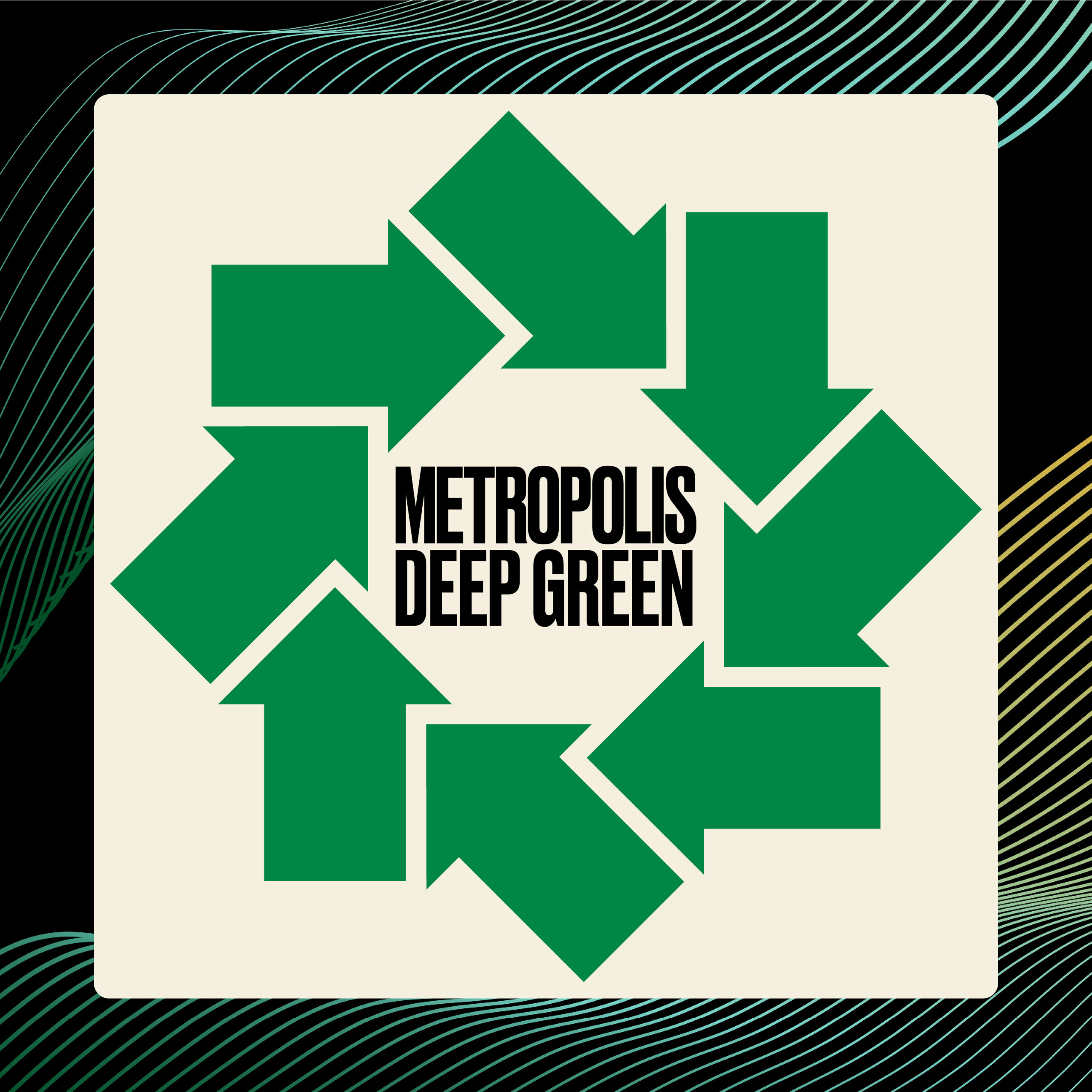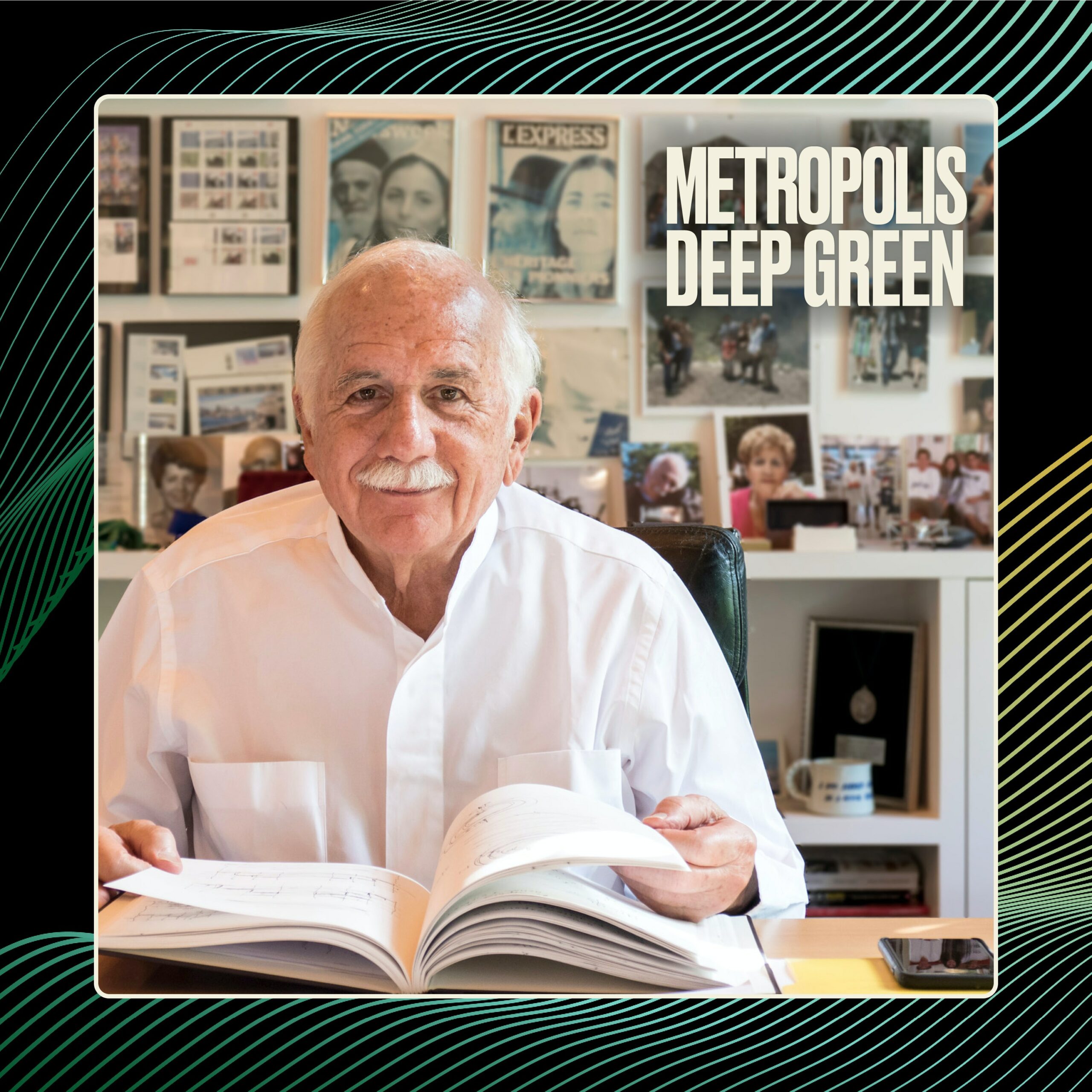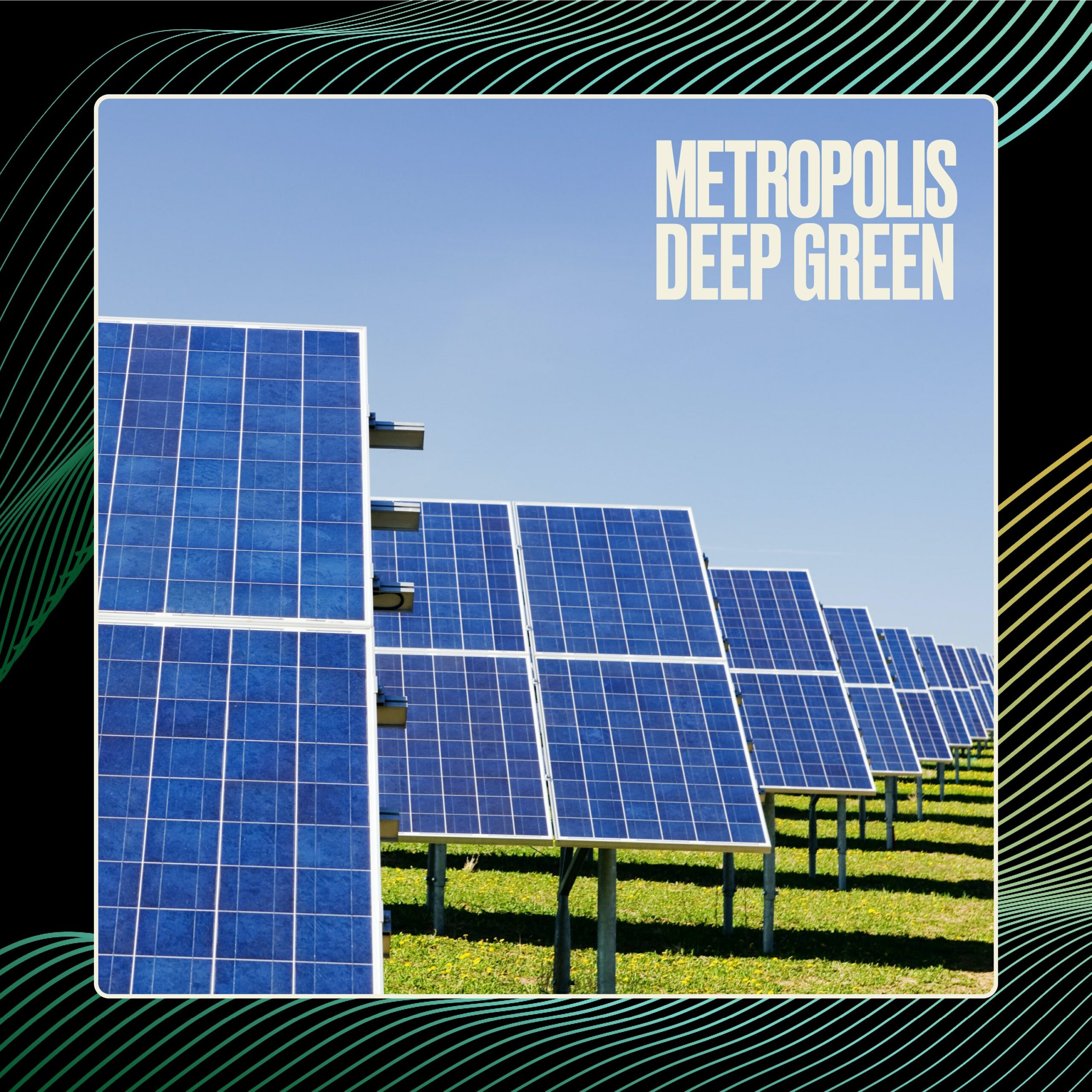In this eye-opening episode, host Avi Rajagopal welcomes Sharon Prince, CEO and founder of Grace Farms, who discusses the pressing issue of modern-day slavery in the construction sector and her foundation’s efforts to combat it through its Design for Freedom Initiative. Prince highlights the importance of ensuring fair labor conditions and the ethical sourcing of materials in all aspects of the built environment. The conversation delves into the Design for Freedom report, and the movement’s ongoing work to raise awareness and drive institutional responses to create an ethically sourced and slave-free building material supply chain.
Prince and Rajagopal explore the necessity of inspecting and understanding the materials used in construction, furniture, textiles, and other elements of interior spaces, emphasizing that the next step in architectural justice must include social equity, and ethical material transparency. Listen to this critical discussion that calls for urgent action to address embodied suffering alongside embodied carbon in the green building movement in order to ensure a just and sustainable future.
Connect with Sharon Prince on LinkedIn!
Moments to check out:
- List of twelve materials with evidence of force and child labor (starts at 5:22)
- Prince shares her epiphany and the need for ethical material supply chain transparency (starts at 20:30)
- Prince talks about the importance of conscious purchases (starts at 26:17)
Connect with our host Avi Rajagopal on LinkedIn!
Discover more shows from SURROUND at surroundpodcasts.com. This episode of Barriers to Entry was produced and edited by SANDOW Design Group. Special thanks to the podcast production team: Wize Grazette, Hannah Viti, Samantha Sager and Rob Schulte.
Although the transcription is largely accurate, in some cases it is incomplete or inaccurate due to inaudible passages or transcription errors.
Avi Rajagopal: [00:00:00] Welcome to Deep Green, a show about how the built environment impacts climate change and equity. Deep Green is brought to you by Metropolis. I’m your host, Avi Ira. We have a special episode for you today, the second in a series of three conversations with thinkers and doers who are pioneering new ways of thinking about sustainability, health, and equity.
My guest is Sharon Prince, the c e o, and founder of the Grace Farms Foundation. She will speak about Grace Farms’ leadership of the Design for Freedom movement, which brings industry leaders together to eliminate forced labor. In building material supply chains create true market transformation and build a more equitable future.
Our conversation was conducted in front of a live audience at Pen one in New York [00:01:00] City. Thank you all so much for joining us today. We’re gonna be talking about modern day slavery, by which we mean all the ways that we continue to exploit the labor of other human beings, and unfortunately, the largest organized sector.
For forced labor is the construction sector. And so the way that buildings are built and the industry that many of you here are involved with, one of the organizations that’s really taken the lead in addressing that. Underdressed issue is the Grace Farms Foundation, and we’re super, super thrilled to have Sharon Prince with us, who’s the CEO and founder of Grace Farms.
Sharon is going to come up here and talk about the Design for Freedom Initiative, which Grace Farms Foundation started in 2017, about five years ago, and which has had a really incredible impact over the last five years. In the building industry, but the Design for Freedom Initiative sits within a [00:02:00] larger justice initiative at Grace Farms Foundation, which in turn is part of the foundation’s mission, which Sharon will talk a little bit about as well.
Without further ado, Sharon, thank you so much for joining us today. Terrific.
Sharon Prince: Hello. Thank you. Thank you. All right. It is really fantastic. To be here with you, Avi, and I’ll be in this space. This is incredible. And to have the opportunity to be here in the context of the intersection of materiality, climate, and equity.
And so the built environment is inextricably linked to nature and people, and you might wanna think about like this, that the supply chain within food, first it was food that was called to be accountable. To fair trade, fair labor conditions, then clothing and next will be shelter. So a country of [00:03:00] origin and also fair labor certifications are missing from the thousands of materials that go into projects globally and determining the provenance of, and actually who is extracting and producing materials like timber, steel, concrete.
Textiles and glass that are used in our buildings, residences, offices like this, retail spaces, and even infrastructure is not prioritized today. So we have the opportunity, however, to consider whether fair labor or suffering is embedded in our building materials and how that affects innovation and environmental restoration as well.
So global laws today forbid the use of slave labor in the built environment. Yet our buildings are reliant quite often on slave labor, very much so in the materials. [00:04:00] So designed for freedom by Grace Farms is creating this radical paradigm shift to remove forest and child labor from the building materials supply chain.
Simply put the large industrialized sector in the world. That has the highest degree. A risk of slave labor is the construction sector and is getting a labor transparency pass. It’s stunning that today there’s essentially no ethical labor inspection of the building material supply chain, which accounts for roughly 50% of the cost of the building.
The question is your building ethically sourced, forced labor free, as well as sustainably designed? The answer is we don’t know. And without inspection of the thousands of materials that go into our buildings, there is no accountability and the most egregious social equity violation of force in child labor proliferates.[00:05:00]
So since this question cannot be answered yet, we had to first identify the at-risk materials. And now we are raising not only awareness, but also inspiring institutional responses. So here are the, these are not in order, but they are the 12 that have been, have evidence of force in child labor. You can see essentially goes into everything that, these are all the materials that went into our buildings.
So after two years of developing, we put together a working group within the full ecosystem of the built environment. We launched Design for Freedom formally in 2020 with a Design for Freedom report. You can see a lot of this in that report, and this established the basis for the movement itself. Some of these materials, timber, for example, is one of the most fraught materials, and it’s also one of the world’s most widely used construction materials.
According to US, international Trade Commission, 38% of our wood products [00:06:00] globally are used for construction. So we better be inspecting, better, know where these materials are coming from, and we do have agency, whether you’re an architect, engineer, specifier, simply an individual undertaking a renovation project, which many have done recently, or purchasing furniture or textiles for your own interior spaces.
Everyone can ask the questions about where the materials that they’re using come from, and we can all look for relevant certifications that actually exist in standards. That can help us make more ethical choices. And actually also pri prioritize material circularity, which also truncates and, uh, shortens the supply chain.
On the other hand, we cannot certify our way out of this at all either. Data is weak, is often protected, and given the private nature of the commercial relationships, the lack of precise measurements and the qualitative research in a shadow economy. Transparent engagement [00:07:00] will spur though valuable insights and market shifts.
So when I talk about the ecosystem of the built environment, that means all of us, right? So you can see here are the pressure points that exist where we do have agency from owners and developers mandating it through their project requirements, governments, construction laws, and contracts that exist.
Specification, great specification. Procurement through the design and construction teams, education. The university is all big part of this actually in terms of informing the next generation and also research, manufacturing, of course, logistics. And then the public. And Grace Farms itself is a public place, so you can talk about how we can also accelerate the movement through place.
So another part of it is, The next step we’re looking at. Okay, so we’re starting to look myopically at materials. And the next step in architectural justice must include social [00:08:00] equity and ethical material transparency. Construction is lacking and lags other industries in terms of transparency as discussed, and yet we’re starting to really, we can talk about this as well.
We do have tools that we have in place now. Where we’re examining embodied carbon, e C three and other lifecycle environmental impacts of materials like material circularity, index HPDs EPDs, which then will open the door to add labor inputs. Although e SG investing has then prioritized, social equity considerations have been weakly determined difficult.
Right? The E we’re going long on, which is great because it’s important obviously, that we are tackling climate change. But s is very, has been very difficult. So we can minimize the risk of embodied suffering, and at the same time can achieve in parallel the movement to minimize embodied carbon. So looking to do that together, [00:09:00] and we’re not looking to create a separate lane around design for freedom.
So even so ethical material tracing than design for freedom is different than the green building movement. In that it is not an opt-in decision. Rather, a fair labor assessment of building materials puts us the owners ACE teams, actually in legal compliance, do those laws and also at the same time lowers our business and ethical risk.
So I think it’s that like we’re at time right now, particularly that we’re poised to adopt the design for freedom and principles. And it’s also important to note that environmental sustainability, Does not hold up with forced labor. Solar panels are dependent on cheap polysilicon in which 45% of the global supply chain is sourced from China’s Uyghur autonomous region, where more than a million individuals are held in forth labor conditions.
We can talk about solar panels, T V C. Those [00:10:00] are coming outta the weaker region and subsidizing the products and how that also relates to innovation. Nearly 25 million people around the world are enduring, forced labor, working hazardous and inhumane environments to make and extract building materials.
And it is unthinkable right now, but we have 160 million children that are in enforced labor conditions. 79 million estimated to be in hazardous conditions. And although slavery is legal in every country, It continues with impunity and their suffering should not be built into our construction, so we can go into more of that, but these children are working to PL conditions.
You can see here bricks, there’s no certifications too. For some of the materials like bricks and glass are two of those. The metals that are mined and small, narrow shafts are also an area where children are enforced into labor. [00:11:00] Congo. There’s also 15% of children are there in the Congo in child labor conditions, minerals, their need to produce glass.
You can see it just goes. It just goes on. And in the toolkit you’ll see like just how much child labor and forced labor are subsidized in the very building materials that we love. There’s clearly a grave human cost when there is no supply chain inspection. And this grave cost is even more urgent to address in light of warming planet and extreme weather and climate change.
As these impacts of the crises are felt disproportionately by the most vulnerable climate change is forcing mag mass migration. You can see what’s gonna happen now. So like as crops, water sources, and farming opportunities. Continue to suffer and dwindle. So in a report, we also note that a migrant workforce is one of the top key risk factors for modern [00:12:00] slavery.
And in June, United Nations announced an intolerable tie to people displaced by climate change, knowing that 59 million people were internally displaced, mostly due to climate disasters. So, you know, you can see how the connection points are very real. So we need to bring everyone together around this and, you know, really have the, the ability to use our agency within, within the full ecosystem.
And advocating however, is not enough. We all need to start material transparency work. We can start doing that today. We have that toolkit and we have begun. So these are pri pilot project locations that we have already. Initialized inspection in United States and England and India. The one that just opened in June.
The black chapel by the Astro Gates an important project because a million will, people will see [00:13:00] this and go to the, visit the site. And also the emphasis on materiality with the astro gates is a, a very clear connection. So we’ve done that. And from this, this is the, the idea of initializing it. We have been working with ACOM and the rest of the teams there.
And that’s creating, uh, more transparency. So we have produced data in a brief 16 product suppliers, the managers in the product supply chain. Everyone asks, okay, so just tell me what are those materials and who do I go to? Make it easy? Well, it’s not easy. We’re initializing it. And the materials that we’re tracked for this project for plywood, timber, steel, and concrete, and you can see where they were sourced from Finland, France.
Ireland, Sweden, United Kingdom, United States, and there were certifications that were used. You can see here, FSC for Certified Wood and P E F C Bs. Um, these are standards [00:14:00] 6,001, 6,002. So the others to wrap it up to show that it’s possible, uh, the shot of a face by Nina Cook. John, this is a new. Um, monument in honor of Harriet Tubman that’s replacing a Columbus Monument in Newark.
So close by. It’s a two story monument. And Nina Cook is, John is an incredible architect and scholar. Um, we also, right in our town where we are in, in, um, with Grace Farms is New Canaan. This new Canaan library project by Centerbrook Architects is featuring Turner Construction. And this is how the whole movement proliferates and how the capacity Turner has 10% of construction in the country.
And now I’m working with executives to figure out how to apply Design for Freedom principles more broadly within Turner. It’s fantastic. Right? This is from a small project in our neighborhood and then right at Grace Farms. This is Grace Farm. We [00:15:00] opened in two that reopened after the, um, during the pandemic.
This is last September. And opened with a new art installation temporal shift. And I can explain work fully, like how we use that opportunity to work with the, it’s a very small amount of stainless steel, but the producer was North American stainless steel, the second largest producer of stainless steel in the world, and now they’re informed and on board.
So this is how the movement continues. And then, um, the most recent, and I just got back from India too, is a new center for Arts and Culture. By Serendipity Arts, it’ll be one of the largest in India. And, um, Eric’s on that and crab. And so now the capacity again expands. So I hope you’ll join us, all of you, and as we design a more humane future,
Avi Rajagopal: deep Green will be back after a short commercial [00:16:00] break.
Sharon, thank you so much for taking us through that. At the very start, you spoke about. Food, clothing, and shelter, right? Three of the most basic things that all of us need, and all of them are tainted by forced labor and where food and clothing have been able to implement these standards and checks and balances.
We haven’t been able to do that in the construction industry. And you pointed to a lot of different pressure points, but one of the amazing things you pointed out is that, This activity is illegal at the moment. It’s not like the carbon conversation where, you know, carbon rules are not set yet. Forced labor is illegal in every country in the world, and yet this problem persists.
So I just wanted to hear a little bit about what was the thinking behind creating the Design for Freedom initiative? How did this [00:17:00] insight come to you and how does it sit within the larger sort of justice work that. A Grace Farms Foundation does. Mm-hmm. I mean, it seems like it’s been hiding in plain sight.
So where, how did you find it?
Sharon Prince: All right, well, first of all, my voice is cracking because I was just at the Lady Gaga concert, so, so I have to tell you. There is a relationship though to the built environment. I learned that her set was inspired by brutalism. Can you believe that? So, and I understand you were also there.
So interest
Avi Rajagopal: my voice said thankfully is fine. I know it’s
Sharon Prince: exactly, but that interesting is like that. That was interesting. But yeah. So in terms of the epiphany like this, I mean this is gargantuan. Human rights violation is, has not been paid attention to. There’s many, I think there’s a few reasons. One, there’s a very disaggregated industry.
It’s a low EBIT industry. There’s, it’s not a [00:18:00] very profitable one and it’s not progressive. It’s has a 1% productivity rate over 20 years. It has a lot of those issues. But with race farms, the idea was to break down barriers between people and sectors. So the space itself is able to have this aspiration for grace farms where we could hopefully and aspire to more grace and peace in the world, could think about human flourishing with the basis of having a space where you have nature arts, justice, community, and faith.
And so we kept conversations around that you could experience it. And so from the get go, we had the UN come. At one rate out of the gate, and we were able to have a multi-sectorial convening about forced labor in areas of conflict and conflict zones. So from that, we were able to then publish our report with U un.
So you [00:19:00] learn it like, so all these, you know, issues are coming to the fore and various sectors are represented. And what ultimately happened is that the UN Security Council, Passed a resolution 2331. They understood like this is a place that was alive, that you could have these conversations within sectors.
And so that was the beginning. And then thankfully the architecture community responded. People came. Another part of Grace Farm is like, well, people come right or create a new institution when we open grace farms. So that’s unlike others, that you create a space for an existing institution. And so, and when I was on the AIA jury, Now evaluate another project.
It was then that our investment in architecture met the investment in our injustice, which was to end Mar day slavery. So we wanted to create this hopeful space, have those conversations. That’s when it happened. We only saw another project and realized that this project was in the [00:20:00] hotspot for where children were making bricks for a children’s school.
So, That’s when the epiphany happened. I asked the question within the jury, who were these bricks made by? And do we know if they’re made by children? And that’s when I realized there was a a lot of silence. So I went to everybody I ever knew to understand that there was a clear blind, blind spot and understanding of connecting the dots in terms of ethical material, supply chain transparency.
Avi Rajagopal: Yeah. Mm-hmm. And Sharon, since you had that epiphany, and of course as you said it connected to other things you’ve been doing, But you’ve now created a toolkit, a Design for freedom toolkit, which exists as a resource for anybody who wants to use it. And I think it’s really a great example of how, as you said, people from different sectors can come together.
You showed us that great slide of all the people who have a hand in maybe turning a blind eye to modern day slavery in the building industry, or who have the power to [00:21:00] affect change. Talk about the working group that you created and how that toolkit came to be. Because it was such an amazing exercise in collaboration.
Sharon Prince: So the first thing we did was create a report because there still wasn’t a basis, it wasn’t even a report yet. First they had figure out the materials and then we issued and published the report. And that report also was through the voices of 30 leaders of industry within the full ecosystem built environment, so that everyone expressed their commitment to start to initialize.
Ethical material transparency and to remove force layer from the built environment. So that was a tremendous beginning. And then to have that established after that was established in 2020, the end of it, then the question is, okay, just tell me those materials I would like to purchase. Where am I going to get those?
And again, there’s no list of that yet. So the toolkit emerged from the the many questions. And again, what we did is just go into a deeper dive on those 12 materials. [00:22:00] And so that was very effective as a material transparency spreadsheet for those that are doing the specifications. And we put that together, the specifications with Gensler, so everybody had a construction specifier.
So we were able to bring a subgroup around each one of these areas and with the highest degree of credibility to start playing that toolkit together. And it’s being adopted and used
Avi Rajagopal: right now. Congratulations. I mean, that’s such a fantastic achievement. Of course, the toolkit is meant for professionals to use on their projects, but in a sense, all of us in our personal lives are also purchasers of.
Building materials. I noticed that on that list you put textiles was up there and you know, we all buy rugs and sheets and you know, all kinds of things for the spaces we inhabit our homes. And again, comparing it to say, food where you can buy organic or you know, you, you have that understanding. [00:23:00] What do you think it will take to engage the public around making responsible choices when they purchase?
Furniture, furnishings, lighting, textiles, all of the stuff that consumers buy as well as professional designers. I
Sharon Prince: think the interior sector, like for interiors, is most promising in terms of creating a widespread adoption for design for freedom. It’s a lower financial hurdle. It is something you can buy that you can see.
Also, it’s not hidden behind the walls. And also there’s already been ethical transparency work done within apparel. So we are working earnestly to start to shift that knowledge from the apparel industry thus far. Still not fully adopted, obviously in apparel, but there’s been transparency work. And you’ll see in the toolkit it has the most.
Relevant certifications already. There’s nine in there versus others. So I transfer that knowledge to interiors [00:24:00] and there’s been work within carpets and chairs and you know, curtains and flooring. So I think it’s a very promising beginning, I think for widespread adoption.
Avi Rajagopal: You mentioned three projects right at the end.
The Serpentine Chapel, the Thera Gates. Designed in London, your own facility, and then the new Canan Library as well as the facility in India. How is your work around design for freedom starting to be adopted by both architects, designers, but also by corporations or institutions by cools as part of their curricula?
How do you see Design for Freedom becoming a more widespread movement? Mm-hmm.
Sharon Prince: I think it, it started with working group. I was very intentional in bringing together leaders of institutions and deans and those that can make quick decisions. So we’re trying to truncate the time on it takes to adopt Design for freedom versus the 30 years or so years for [00:25:00] green building movement to really take hold and it is working.
So as an example, we did create an ethical mass during Covid. We had to actually demonstrate what we’re advocating for. Debbie Probes, who’s the head of Miller Noll was on our working group and helped us market that right away. And now she’s doing many other things to help to move the marketplace. And then there’s Eric Fellows that are on one of the projects, and literally just a few days ago said, I’ve already put together 200 within ERA to start working on this.
That’s incredible. I was floored. Then another one, Turner, the same thing. They’ve got an internal working group. Tackling this now because they know they have internal beginnings of means and methods that you can add labor inputs. How fantastic is that? So that would take years to happen, and it’s more that it’s now germinating and it’s percolating within all of those that are starting to adopt [00:26:00] the design for freedom and principles and to just understand the power of really architecture and construction, to have humanitarian outcomes.
Like, when do you ever get to do that in your lifetime? You can actually do what you do, the work that you do and tackle something’s very difficult. And modern day slavery is a very difficult area to tackle. It’s always hidden and opaque. And so this is a way to actually move the marketplace with conscious purchases from a corporate level or for us as individuals too.
Avi Rajagopal: Tell us about, um, some of the other initiatives that you have going on at Grace Farms that bring together. The sustainability movements of climate health. I know you are also involved with food. What is the common thread that ties together everything you did? Grace Farms. Give us a little bit of insight into some of the other initiatives you have going on as well.
Sharon Prince: Yes, so really the basis for Grace Farms is to really foster community around human flourishing. So advancing Good. And so [00:27:00] I would say too that the, they all mixed together all these, you know, initiatives. That I described, you know, do come together in a place. So I really believe that place is an important part of the equation.
It’s always a multiple way of being able to tackle pretty pressing humanitarian issues. Another one is gender and racial equities. I’m, you know, very committed to both of those things. And so, as an example, we’re thinking about the future of education we’re putting into place. We’re just starting now, school programs at Grace Farms, bringing schools.
And also leaders within education. So in, let’s say in October, in the end of September, we’ll have the head of the college board and the president of Williams College and someone from Stanford D School to discuss inclusivity and how also place like really can help manifest, you know, more inclusivity there.
And then in 2023, we’ll have four women presidents. They’re already lining them up. I mean, we’re [00:28:00] already getting commitments from four. Incredible women that are leading institutions and will have the same type of conversation again, workplace. And you know, how a place does affect the ability to advance gender and racial equity and be in a space that in invites and welcomes all is important to us every day.
So having a cup of tea is very, Important actually. So they, we’ve developed our own brand, so we have an entrepreneurial spirit. You might get that as well at Greatest Farms. And so we, and I have some tea for you too, but it is ethically sustainably sourced coffee and tea. Tea is the most consumed beverage in the world after water.
So we’re again, demonstrating what we’re advocating for. It was hard. It takes a while to actually do it, but we did it. And so when people come have a nice cup of tea, we have a Tea Master’s, incredible Frank Qua and [00:29:00] partner who helped to start that. It’s a public subsidiary benefit. A hundred percent of profits go to Grace Farms.
So again, thinking of new ways to infuse community address suppressing humanitarian issues, while we are being able to, you know, further. Our relationships and our businesses and you know, all that we do. Mm-hmm.
Avi Rajagopal: That’s so wonderful. Thank you so much, Sharon. On a last note, I know it’s weird because usually you start with the personal and then, and then move out from there.
But it feels like, you know, we’ve gotten to know the initiative, got to know the organization. Yes. But you are such an incredible mover and such a force behind your organization. I’d love to hear. Your journey to Grace Farms and what brought you to this work and what keeps you going? Sure.
Sharon Prince: Okay. So I am an entrepreneur, so I love creating things.
I think that being able, so in terms of [00:30:00] business, so the irony is, or maybe it’s not so ironic, is that, you know, you can see where that fits into using culture, community, and commerce to create a better world, right? So as a social entrepreneur, And that I’m also an adventurist. I love nature. I’m an independent thinker.
So I think those helped to establish early on. I mean, 30 years ago when I was in business school, I was working with one of the first professors on women entrepreneurs. Like that was a new thing. Crazy, right? So those are things that I just feel like were the. Beginnings and then also finding that I’m not a slowdown person.
So it’s sort ironic in a way too. But Grace Farm is a place where you can slow down and it’s a peaceful respite and an act in community. So these all, all these things come together because they had the opportunity to first save the land where Grace Farms is from being developed. And then think about the power of architecture.
Which [00:31:00] someone, a friend of mine said, space communicates. So what can space do that could really compound over time, can be generative. That’s not good. That entrepreneurial part of it comes in. That’s where it started. And then to have the opportunity to think about, okay, what is it that matters to all of us with Universal and then create a Grace Farms based on that, and thankfully the partner that helped design it with me is Sauna Sgio and Nishi Zawa, who are incredibly.
Aspirational too in terms of, and then they’re not tethered to what is existing. So in terms of creating a new kind of public place they were, and also one of grace and peace, they had the capacity to do that and go well beyond. So I dunno if that answered that question at all, but
Avi Rajagopal: it’s a tough question to answer.
But what’s wonderful that I hear in what you’re saying is a, of course, bringing together culture and community to kind of make change in the world. But also rooting that in place. And I think buildings [00:32:00] are a source of much that is harmful in the world as we know through the carbon movement, as we now know in the labor industry.
But there are also spaces where our lives happen and magic happens. And I think Grace Farms is a great example of that. A space that actually is an engine for great good in the world. So thank you so much, Aaron, for. Sharing that with us and for sharing your initiatives with us. It’s been such a pleasure.
Thank you.
If you want to discover more of Metropolis perspectives on sustainability, head on over to Metropolis smag.com. Deep Green is a proud member of the Surround podcast network. Discover more shows from surround surround podcasts.com. This episode of Deep Green was produced and edited by Sand Out Design Group.
Special thanks to the podcast production team Hannah Wii, Weis GT and Samantha Seger. [00:33:00] The 2023 season of Deep Green will be available shortly wherever you get your podcasts.

